The Trump administration’s recent use of food stamp benefits as a political football — and the president’s willingness to withhold funding — demonstrated how quickly lower-income Americans can end up on the brink of not having enough for their families to eat.
It’s hard to place that vulnerability in a sensible context. The U.S. is the world’s third-largest producer and leading exporter of food, and America wastes between 30% and 40% of its food supply every year, according to the U.S. Department of Agriculture. Yet more than 47 million people in this country, including millions of children, either don’t have enough to eat or don’t know where their next meal is coming from.
All of which brings us to a day in 2017 when a resident of the city of Inglewood approached workers at the Social Justice Learning Institute with a question. The man explained that he’d noticed local school students couldn’t get the same access to healthy food on weekends that they received through the school meal program during the week.
Did the people running the program, the man wondered, have any ideas on how to keep healthy food coming into the community on days when there was no school?
Workers with the Inglewood-based institute, which was founded to improve the well-being of communities of color — the city is more than 90% Black or Latino — stewarded a number of community gardens in the area. But they knew they were going to need far more resources to make healthy food available on a regular basis to the students — and families — in question.
“And then we thought, ‘Oh, actually, we know someone with lots of food. Let’s call them,’” said Nicole Steele, the health equity programs director for the institute. So began a partnership with Food Forward that, eight years later, continues to bear fruit.
Food Forward, a nonprofit recovery and distribution program born in the nearby San Fernando Valley, has become a powerhouse when it comes to saving fresh produce from wholesalers, vendors and neighbors that otherwise would be thrown out, then redirecting it to those in need.
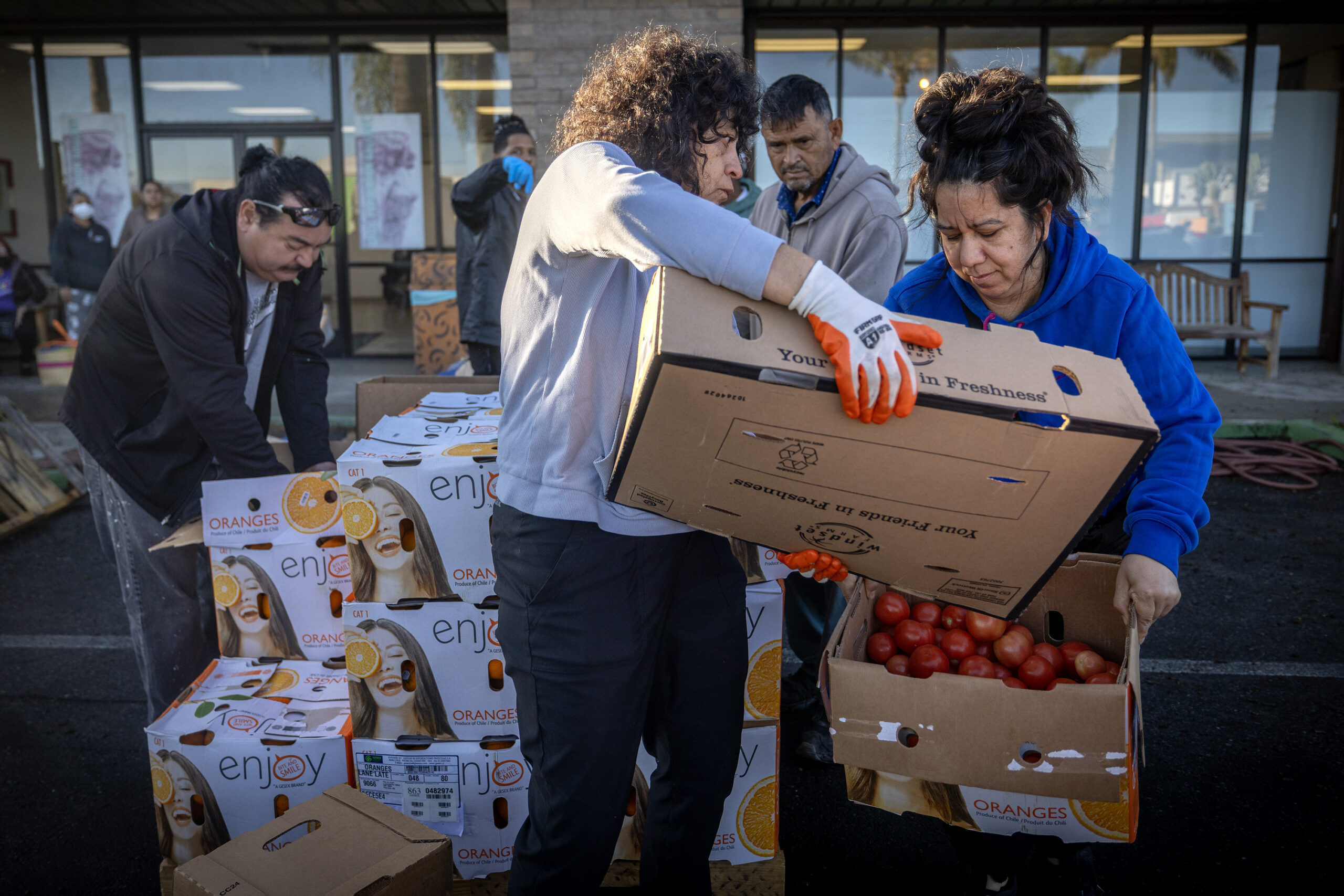
Donated produce is distributed at the WLCAC-FamilySource Center in Watts.
That premise is simple; its mechanics, not so much. But the bottom line is that Food Forward has recovered and distributed more than 545 million pounds of fresh fruits and vegetables in 16 years — and its area of service, once a small perimeter of local food pantries, now comprises community programs throughout California and in six other states.
“Last year, we moved enough produce to fill the USDA nutritional needs of more than 300,000 people — a day,” said Rick Nahmias, the founder and CEO of Food Forward. “That is a massive amount of produce.”
The fruits and vegetables reach people who likely wouldn’t receive fresh produce otherwise. Their redirection also prevents the produce from decomposing in landfills and releasing greenhouse gasses like methane into the atmosphere.
And Food Forward can quickly ramp up operations. In response to the Trump administration’s freezing of SNAP benefits in November, the organization announced that it was nearly doubling the number of YMCA partner distribution sites it worked with, which added 2.4 million servings of fruits and vegetables for needy families in Los Angeles County.
“Food Forward is picking up where SNAP left off, helping to ensure that nutrition is a priority in the food made available during this crisis,” Nahmias said in a statement.
The distribution system is a provably scalable model, especially in a produce-rich area like Los Angeles. It works. And perhaps its least-noticed feature is one that, lately, seems to matter more and more: It receives no federal funding, meaning Donald Trump’s government isn’t much concerned with it.
* * *
The origins of Food Forward trace to a slow dog and some long walks. In 2009, Rick Nahmias was thinking about what came next, after years working as a photographer for nonprofits and volunteering for political causes, including Barack Obama’s first presidential campaign. He also had Scout, a 13-year-old “lab-adjacent” rescue pooch, whose daily neighborhood strolls were becoming more leisurely.
A resident of the fruit-rich San Fernando Valley, Nahmias began to notice on their walks how many of his neighbors’ yards were filled with citrus trees — and how many of those trees were pouring forth more fruit than the owners could possibly consume.
At the same time, he’d been watching news reports about growing lines at food banks, as the Great Recession worsened.
“I started seeing this equation around food waste,” Nahmias said. “I thought, ‘What if we got some volunteers together and harvested some of this fresh produce?’ It seemed like a real two-plus-two-equals-four situation.”
Actually, it added up to 800 — pounds of citrus that Nahmias and a small crew of volunteers harvested from neighbors’ trees over three weekends. They delivered the fruit to workers at a nearby food bank, SOVA.
“To my surprise, they were thrilled with it,” Nahmias said. “And the idea just took fire. It was really crazy and humbling how many volunteers came out, how many homeowners offered their yards to us and how many pantries started knocking on our door.”
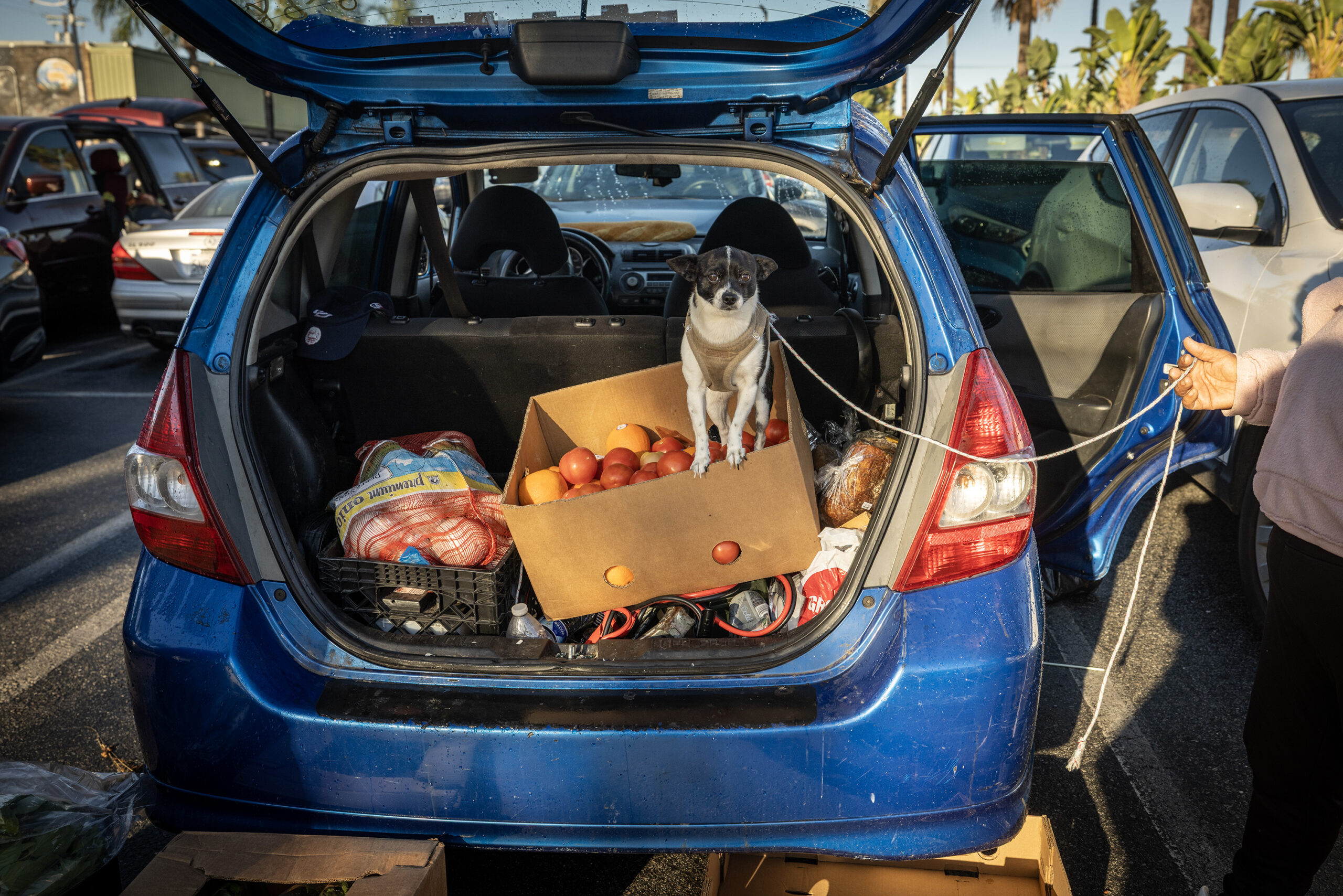
A dog perches atop a box of donated produce at the WLCAC-FamilySource Center.
In its first year, Food Forward volunteers hand-picked 100,000 pounds of citrus, mostly from the backyards of area homes and a few private orchards. That total seems quaint in 2025, when the organization routinely moves close to half a million pounds per day of different kinds of fresh produce.
In the process, the program collaborates with more than 250 groups that Nahmias describes as “hunger relief partners”: food banks, youth homes, after-school programs, domestic violence shelters and many others.
Put simply, the organization scaled up. Backyard and small orchard harvesting now accounts for only about 5% of the operation. Almost all of the rescued produce comes from the Los Angeles area’s massive wholesale industry, which connects growers and importers to retail food businesses, moving fruits and vegetables to points throughout the western United States.
* * *
So what’s with all the surplus food? The answer lies in the vagaries of the industry. Official estimates say more than a third of the food produced in the U.S. every year goes unsold or uneaten and is generally thrown out, a reality bafflingly at odds with the high number of food-insecure Americans.
California is the leading grower of fruits and vegetables in the nation, but, according to data from the U.S. Census Bureau’s Household Pulse Survey, more than one in five California homes were “food insecure” in 2024, meaning they had limited or uncertain access to adequate food. For households with children, that figure rose to more than one in four.
Redirecting unused food is one way to combat that. Often, vendors and supermarkets throw out produce because it has minor blemishes or incorrect color that would make it difficult to sell, or simply because the supply of certain seasonal fruits and vegetables outstrips market demand. If it’s not moved quickly enough, that food is in danger of spoiling.
In L.A.’s booming wholesale business, which operates primarily from the Los Angeles Wholesale Produce Market downtown, that dynamic is always in play. The market handles not only California-grown produce but much of the massive quantities of fruits and vegetables that are imported through the Port of Los Angeles.
Food Forward Chief Operating Officer Kristen Johnson said that what makes L.A. unique is both the amount of fresh produce available and the variety of service organizations that can accept and redistribute the food. “That’s the linchpin for moving the food around as quickly as you have to with produce,” Johnson said.
Generally, “quickly” means a 48-hour turnaround within the greater Los Angeles area, which remains Food Forward’s first priority for service.
About five years ago, the organization opened a 30,000-square-foot warehouse in the city of Bell, near the L.A. warehouses of many wholesalers, making it easier to rescue and divert the wholesalers’ daily surplus to where the need is.
Nahmias said the massive refrigerated facility allows for food to be stored for a few days, if necessary, and for more than 200 types of plant-based produce, all of it fresh, to pass through the warehouse over the course of a year.
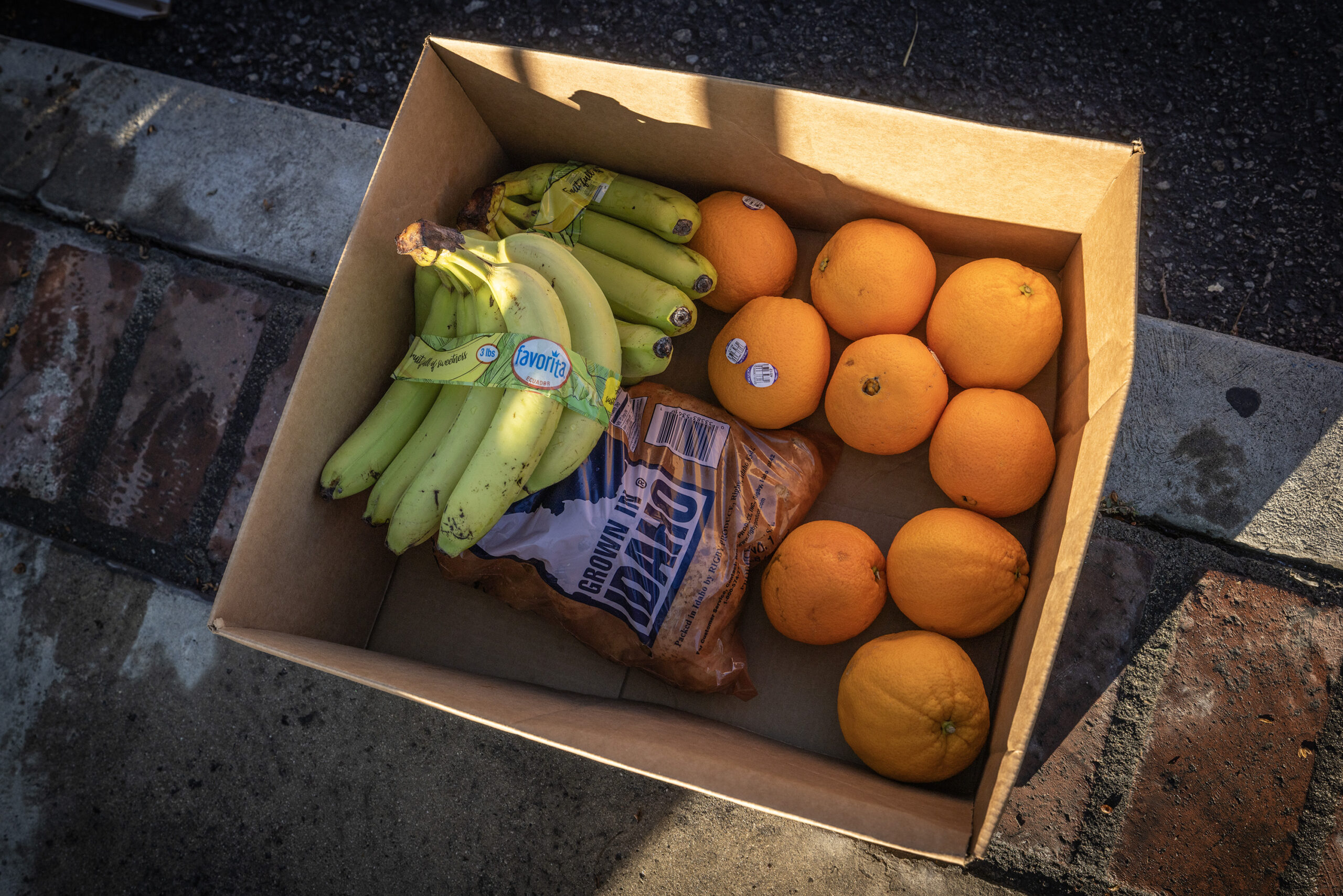
Donated produce is boxed and distributed to community members at the WLCAC-FamilySource Center.
* * *
Food Forward is no longer a backyard venture. Johnson said the program has a cash operating budget of $9.2 million this year and a full-time staff of more than 50. Funding comes from individual donors, corporate sponsors and philanthropic foundations.
There is room for far more growth. “We could probably grow exponentially if our fundraising could keep pace,” Johnson said.
Still, the organization has received very little government money even though that is often a funding source for nonprofits looking to grow. It’s a mixed blessing.
Historically, government money has helped programs like Food Forward scale up. But the Trump administration’s defunding of many such programs means that expanding further via federal grants currently seems out of reach.
“We were poised to begin getting some federal funding last year, because they were starting to see [combating] food waste as a major opportunity to fight hunger,” Nahmias said. “That has completely been sidelined. But because we were never yoked to federal dollars, with our model and the nimbleness that we’re known for, we will continue to expand.”
That also means that Food Forward is unlikely to be harmed by a sudden withdrawal of government support. It’s not perfect — Nahmias, Johnson and Food Forward’s three-person finance team have to continue shaking private money trees to grow — but the organization’s leaders say the operation remains light on its feet.
While the amount of produce moving through the Los Angeles market is greater than it would be elsewhere, Nahmias believes that the model he used to first build Food Forward — giving excess food to people who need it before it rots — can work anywhere. “Every region has produce of some kind,” he said. (New York and San Francisco both have had food recovery programs for decades, and recently they’ve begun to ramp up their scale.)
Meanwhile, Food Forward continues projects like the one it began in conjunction with the Social Justice Learning Institute in Inglewood. Not long after the institute contacted it, Food Forward began delivering one massive truckload of fresh produce to a local school site every Friday, before the food was redistributed to individual families, churches, local food banks, clinics and other places where hungry people congregate.
The institute now has its own truck that it uses to load produce at the Bell warehouse and, when needed, drive it to its destinations.
“The Friday food hub itself is between 15,000 and 18,000 pounds of produce, which serves around 5,000 people, and then we do another 15,000 to 30,000 during the week,” said Steele.
“That’s all from Food Forward. They’re filling a gap — and how else would we do this?”
Copyright 2025 Capital & Main.
All photos by Barbara Davidson.
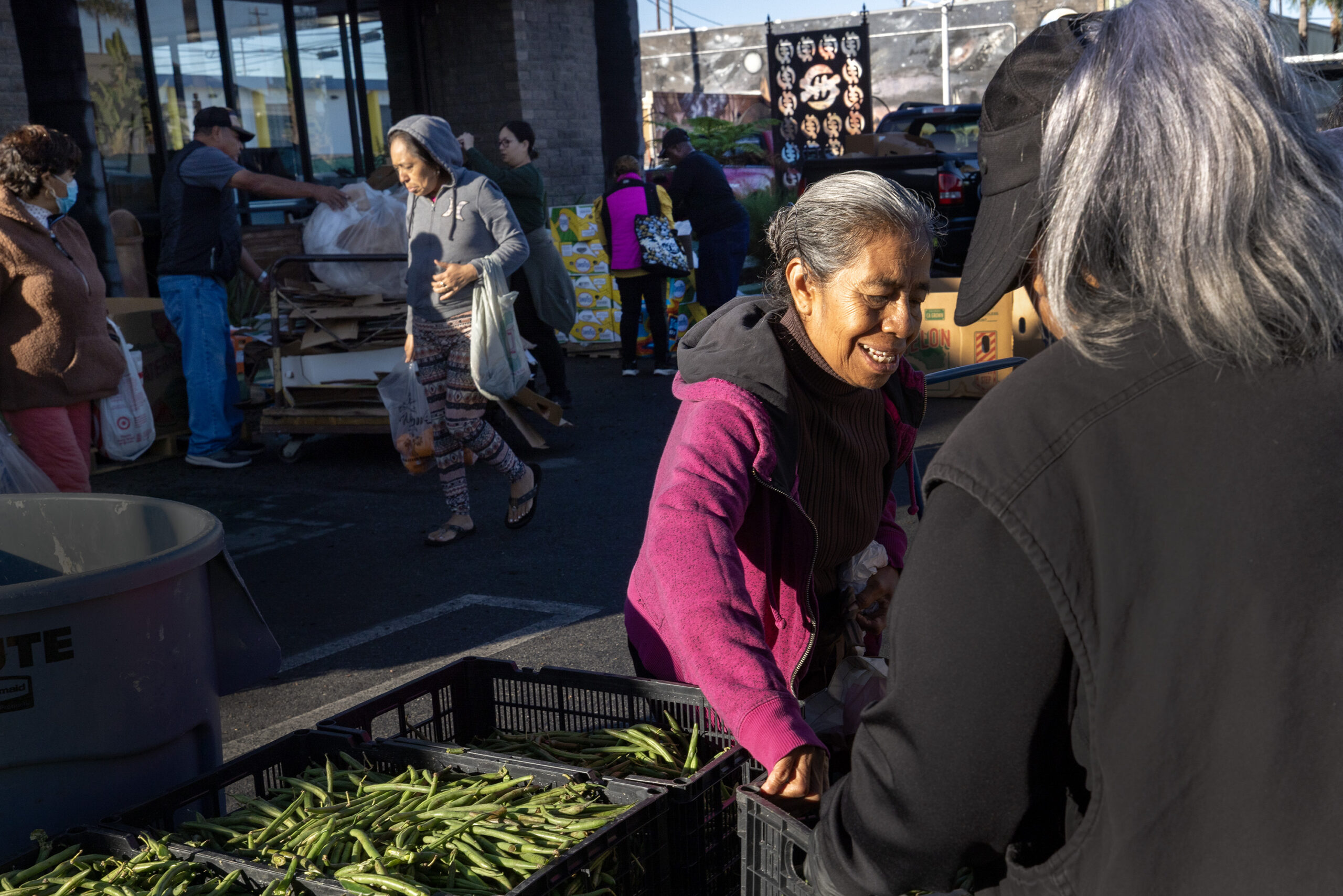

 Latest NewsNovember 19, 2025
Latest NewsNovember 19, 2025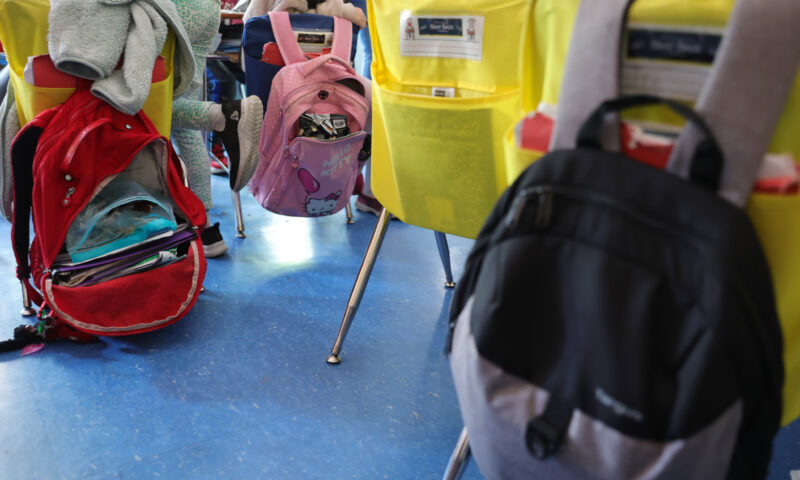
 Latest NewsNovember 18, 2025
Latest NewsNovember 18, 2025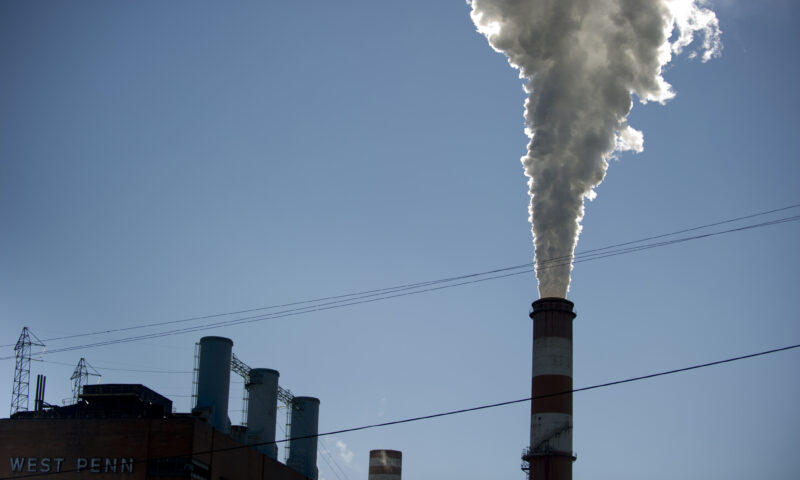
 The SlickNovember 18, 2025
The SlickNovember 18, 2025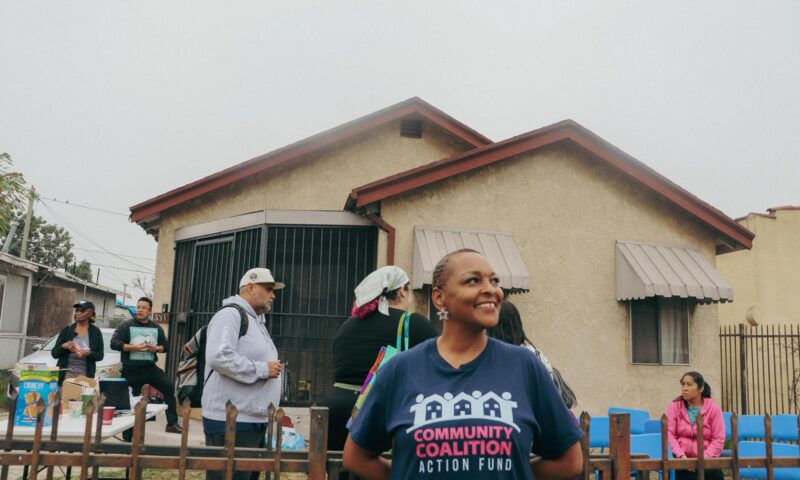
 Latest NewsNovember 17, 2025
Latest NewsNovember 17, 2025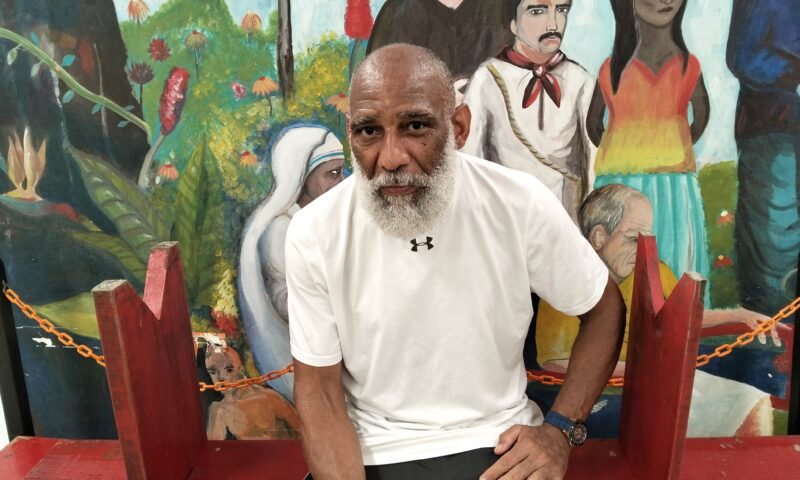
 StrandedNovember 25, 2025
StrandedNovember 25, 2025
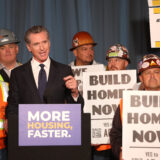 Column - State of InequalityNovember 21, 2025
Column - State of InequalityNovember 21, 2025
 Column - State of InequalityNovember 28, 2025
Column - State of InequalityNovember 28, 2025
 The SlickNovember 24, 2025
The SlickNovember 24, 2025




